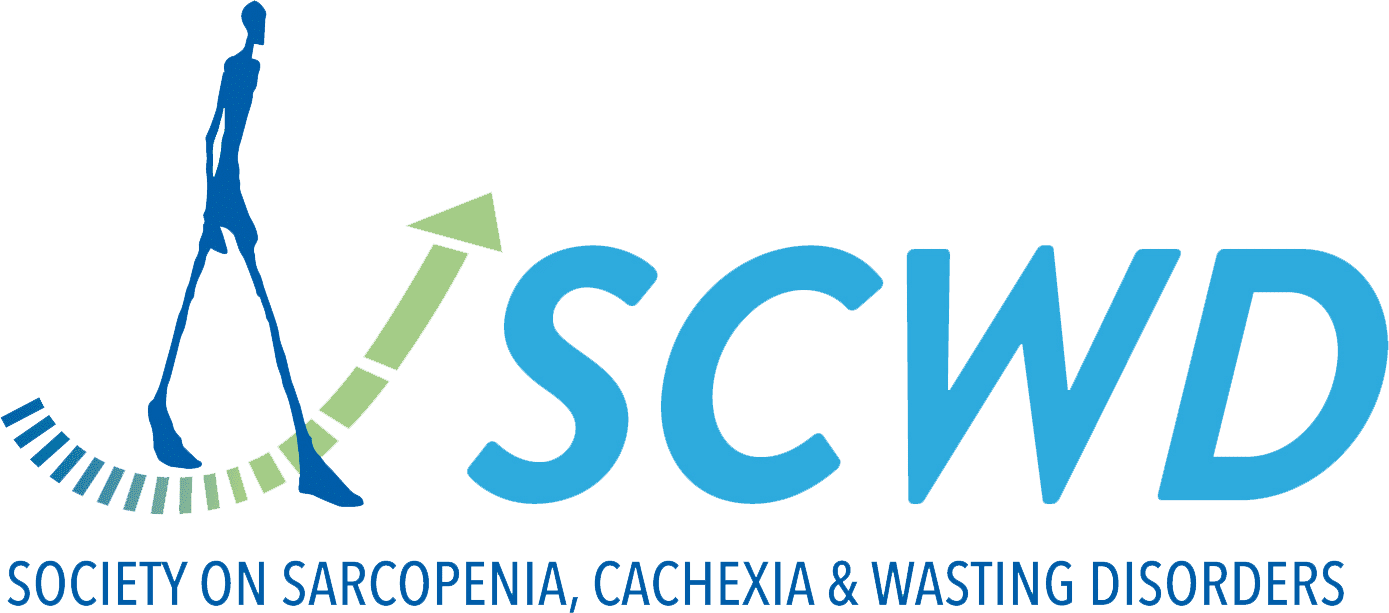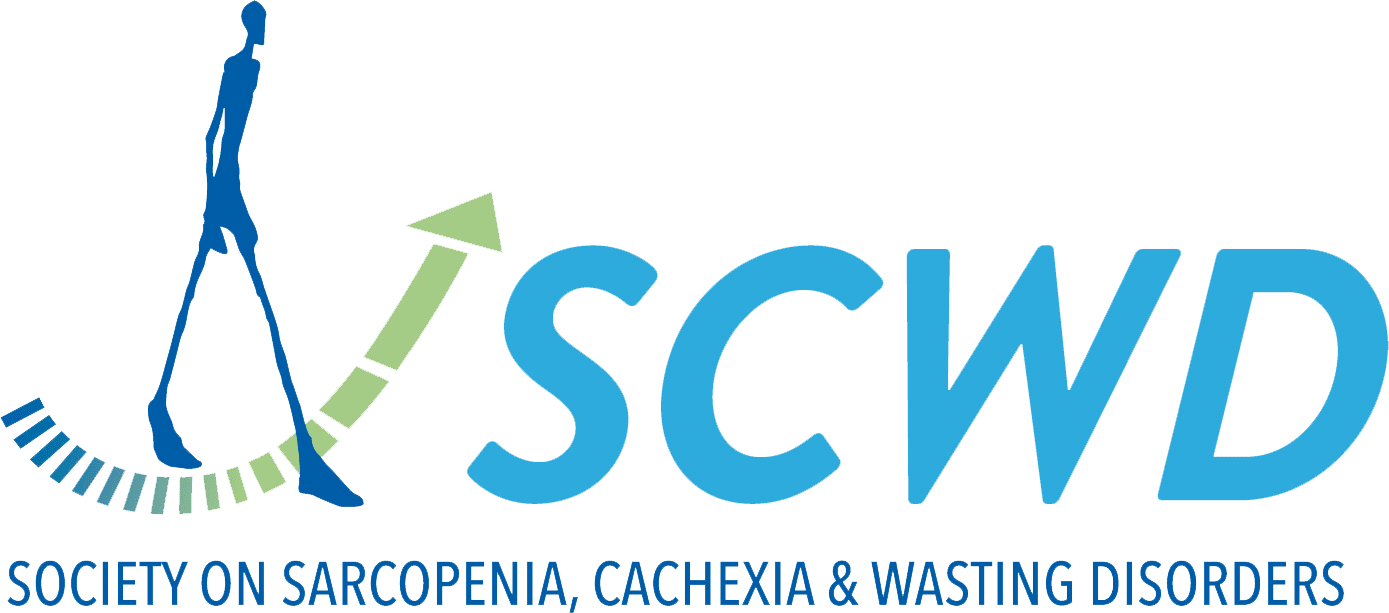CXCL14 Promotes Skeletal Muscle Mass Growth and Attenuates Lipopolysaccharide- and Dexamethasone-Induced Muscle Atrophy in Cultured Myotubes and Mouse Models.
BACKGROUND
Skeletal muscle mass is regulated by secretory factors derived from myofibers and muscle-resident cells. Identifying these factors and understanding their mechanisms is critical for combating muscle wasting disorders.
This experimental study investigates the role of CXCL14, a chemokine primarily secreted by fibro-adipogenic progenitors (FAPs) residing in muscle, in regulating muscle mass.
METHODS
This study was conducted at the Soonchunhyang Institute of Medi-bio Science (SIMS), South Korea, between August 2020 and June 2025. Mouse C2C12 myotubes and primary human myotubes were treated with recombinant CXCL14, with or without co-treatment using Rps6kb1 siRNA, lipopolysaccharide (LPS) or dexamethasone (DEX).
Myotube mass index (MMI) was measured. Expression of AKT-S6 kinase (S6K), FOXO-Atrogin-1/MuRF-1 signalling components and myosin heavy chains (MyHCs) was assessed via Western blotting.
Eight-week-old male mice were used: ICR mice for electroporation experiments and C57BL/6N strain for LPS and DEX atrophy models. Cxcl14 expression plasmids were electroporated into tibialis anterior (TA) muscles, with or without LPS or DEX treatment.
Cross-sectional area (CSA) of myofibers was measured; Western blotting and RNA sequencing were used to analyse molecular responses. Statistical analyses included one-way ANOVA with Tukey’s post hoc test, repeated-measures ANOVA with Dunnett’s post hoc test, Kruskal-Wallis test with Dunn’s post hoc test and unpaired Student’s t-test, as appropriate.
RESULTS
CXCL14 induced hypertrophy in C2C12-derived myotubes: (MMI [μm 2]: 100 ng/mL CXCL14, 1345 ± 50.97 [95% CI: 1237-1453], vs.
control, 897.9 ± 33.33 [95% CI: 829.8-996], p ≤ 0.0001). Cxcl14 overexpression in mouse TA muscles significantly increased muscle mass: (CSA [μm 2]: HA-CXCL14: 1408 ± 15.42 [95% CI: 1378-1438]; CXCL14-Myc: 1499 ± 17.18 [95% CI: 1464-1534]; control: 870.1 ± 11.25 [95% CI: 848.1-892.2], p ≤ 0.0001).
CXCL14 activated the AKT-S6K pathway and inhibited the FOXO-Atrogin-1/MuRF-1 pathway in both in vitro and in vivo models. CXCL14 effectively reversed LPS- and DEX-induced atrophy in both C2C12 myotubes and TA muscles, as demonstrated by corresponding increases MMI and CSA (all p ≤ 0.0001).
CXCL14 also promoted hypertrophy in primary human myotubes in vitro (MMI [μm 2]: 100 ng/mL CXCL14, 3481 ± 242.6 [95% CI: 2973-3989] vs. control, 2549 ± 114.7 [95% CI: 2310-2787], p ≤ 0.001) and significantly reversed atrophy induced by LPS and DEX (p ≤ 0.01 to p ≤ 0.0001), accompanying the activation of protein synthesis and inhibition of protein degradation pathways.
CONCLUSIONS
Our findings identify CXCL14 as a novel regulator of skeletal muscle mass and highlight its therapeutic potential in preventing or reversing muscle atrophy associated with ageing and diseases in humans.


